The Best Shark Diving in the Pacific & Australasia
They say the joy is in the journey, not the destination. But maybe they haven’t been on a shark diving odyssey to the South Pacific. While the journey out to the islands of the Pacific can be long and arduous, the rewards for those who make the epic journey are some of the sharkiest dives on the planet. Whether it’s the bull sharks of Beqa Lagoon or the tiger sharks at Tiputa Pass, the Pacific islands and Australasia will make sure you don’t regret that long flight out to this part of the world. Read on as we highlight some of the best shark dives available in this region.
Fiji
Beqa (pronounced Benga) is a Fijian island, sitting 10 kilometres (6.2 miles) to the south of the main island of Viti Levu. Fiji, dubbed the “soft coral capital of the world,” is also famed for its healthy shark population. Shark diving enthusiasts all over the world dream of diving Beqa Lagoon and coming face to face with the large bull sharks and tiger sharks that frequent this renowned dive site. Eight different species of shark have been recorded at Beqa Lagoon—white- and black-tipped reef sharks; tiger sharks; silvertip sharks; nurse sharks; lemon sharks; bull sharks; and grey reef sharks—but it’s the big boys that get all the attention.

While the dives in the lagoon are baited, Beqa Lagoon’s Shark Reef Marine Reserve is dedicated to the conservation and research of sharks in the area. In exchange for a cut of the shark diving revenue (FJ$20 per diver), the locals have stopped fishing in the reserve, allowing the sharks to proliferate. At the feeding sites, divers duck behind a wall and watch as the Fijian Divemasters coordinate the feed. The experienced guides keep themselves between the divers and the sharks, and the dive allows underwater photographers to snap some simply stunning shots of the big sharks.
Palau
The Republic of Palau is an island country in the western Pacific Ocean and is the home of the world’s first shark sanctuary and the reef hook. Located around 850 kilometers (530 miles) east of the Philippines, Palau is relatively accessible. You can take a three-hour flight from Manila or a slightly longer flight from Taiwan, and for those travelling from the Americas, you can connect via Guam.
Palau’s most iconic and best-known dive is Blue Corner. If you have never used a reef hook before, you will receive instructions to make sure you can use one in a safe and environmentally sound manner before hitting the currents at Blue Corner. The dive site features a triangular section of reef jutting out from the wall near Ngemelis Island.
This promontory catches the current, and when it’s running, the sharks come out to play in force. Divers hook onto the edge of the reef, so there’s no need to fight the current, and you have an unobstructed view of around thirty grey reef sharks gliding effortlessly in the blue, yards from the hooked-on divers. After dangling in the current, divers unhook and drift across the plateau, where there are often white-tipped reef sharks taking a nap. Blue Corner is a special dive, and if you are lucky enough to be there during grey reef mating season, you can easily be in the water with more than fifty sharks.
Sharks can be found all over Palau’s dive sites, not just in Blue Corner. Pretty much every dive in Palau will allow you to see sharks. While grey reefs are the most abundant, there is also the chance to see, amongst others, silvertips, hammerheads, and tigers too.
French Polynesia

Depending on your point of origin, you may face an epic journey to reach the distant shores of French Polynesia. But if you’re looking for sharks, you will definitely not be disappointed. There are not many direct flights to Tahiti, the capital city, and you may need a stopover along the way to this exotic French territory. And once you touch down in Pape’ete on Tahiti, to reach the best shark action, you will need to avail yourself of the short domestic flights between the different islands and atolls.
For the best shark diving in French Polynesia, head northeast of Tahiti to the atolls of Tikehau, Rangiroa, and Fakarava. The passes from the open ocean into the inner lagoons of these atolls are where the best shark action is. Silvertips, blacktips, whitetips, grey reef, and hammerhead sharks all call French Polynesia home. With no one else for miles in this remote diving area, every dive has an added edge as you glide over miles of pristine coral in clear waters surrounded by sharks and manta rays.
Australia
Australia may be a little easier to get to than Fiji, Palau, and French Polynesia, but avid shark divers will still have plenty to look forward to on a shark diving trip to the Land Downunder. But if you want to get the best of Australia’s shark action, you may still need to move around this huge country too.
The Neptune Islands are two groups of islands located close to the entrance to Spencer Gulf in South Australia, near Adelaide. Adelaide is the birthplace of Rodney Fox, who was the victim of a great white shark attack whilst spearfishing. Following the attack, he became fascinated by these magnificent predators. Now his family run a great white cage diving company which takes customers to the Neptune Islands, where you can see these huge sharks from the comfort of a cage.

Heading north, on Australia’s east coast, you can find the town of Byron Bay and some epic shark diving in the Julian Rocks Nguthungulli Nature Reserve. The diving here is famed for its large numbers of grey nurse sharks and, seasonally, leopard sharks. The leopard sharks prefer the warmer months, but the grey nurse sharks can be seen throughout the year. There’s also a chance to spot a cryptic wobbegong shark hiding in plain sight, and there are also very good chances of seeing manta rays passing by.
If you head into the tropical regions of Australia, you can also find some good shark dives in warmer water. The Great Barrier Reef needs little introduction, but in terms of shark diving, it can allow you to dive with wobbegongs, grey reefs, and leopard sharks. And if you head to the north west coast, you can enjoy the company of whale sharks whilst diving the Ningaloo Reef system.
Ningaloo is home to one of the world’s most consistent whale shark aggregations from the end of March to late July each year, and tour operators boast of a 95% success rate in spotting these magnificent creatures. If you have been suffering the dreaded whale shark curse, head to Ningaloo in Spring to finally get to dive with the biggest of fish.
Honourable Mentions
This region of the world is blessed with some amazing scuba diving options, and if you are looking for even more shark diving options in Australasia or the Pacific, there are also New Caledonia and the Solomon Islands to consider.
New Caledonia

If you venture to New Caledonia looking for big pelagics, make sure you head to the town of Noumea to dive the Dumbea Passe. This channel dive features an old World War II submarine mine, which is something you don’t see on every dive, but for the sharks, you have the chance to see grey reefs, whitetips, leopard sharks, hammerheads, and blacktips.
The Solomon Islands
To the north of New Caledonia is the archipelagic country of the Solomon Islands. Go to Uepi and request a dive at Uepi Point. The Marovo Lagoon empties via the Charapoana Passage, creating currents. The water flow ensures there are lots of nutrients in the water, and these attract marine life to feed. While the smaller fish turn up to feed on the nutrients in the water column, the sharks turn up to snack on the smaller fish.
Our Final Thoughts
While a trip to the South Pacific may be an epic journey for many, the rewards for shark diving enthusiasts are well worth it. Sharks may be present circumglobally, but there are few places in the world where you can guarantee large aggregations of sharks. Fiji, Palau, French Polynesia, and Australia are some of those lucky places. So, check your passport, book your flights, and head off on an amazing shark diving odyssey to the islands of the Pacific or to Australia’s top shark diving locations—you will not regret it for a second!
Check other shark diving destinations
Disclosure: This post may contain affiliate links, which means that DIVEMONDO may receive a small commission if you make a purchase using these links. As an Amazon Associate this website earn from qualifying purchases.

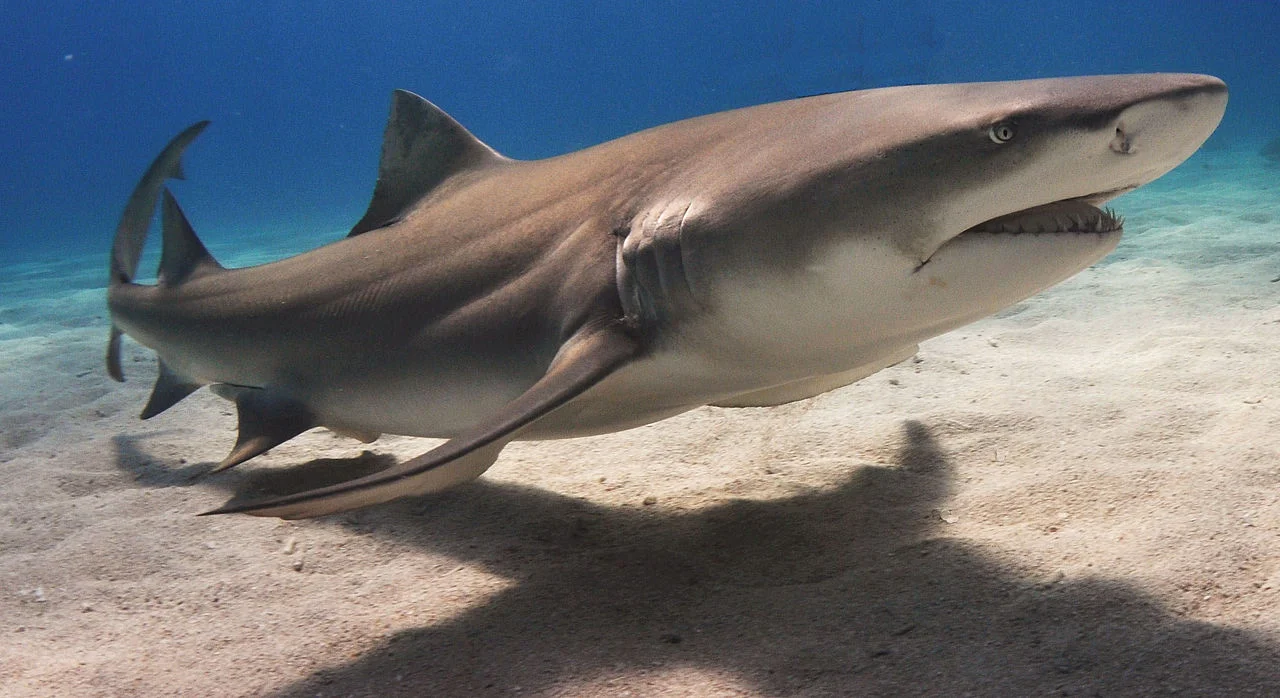
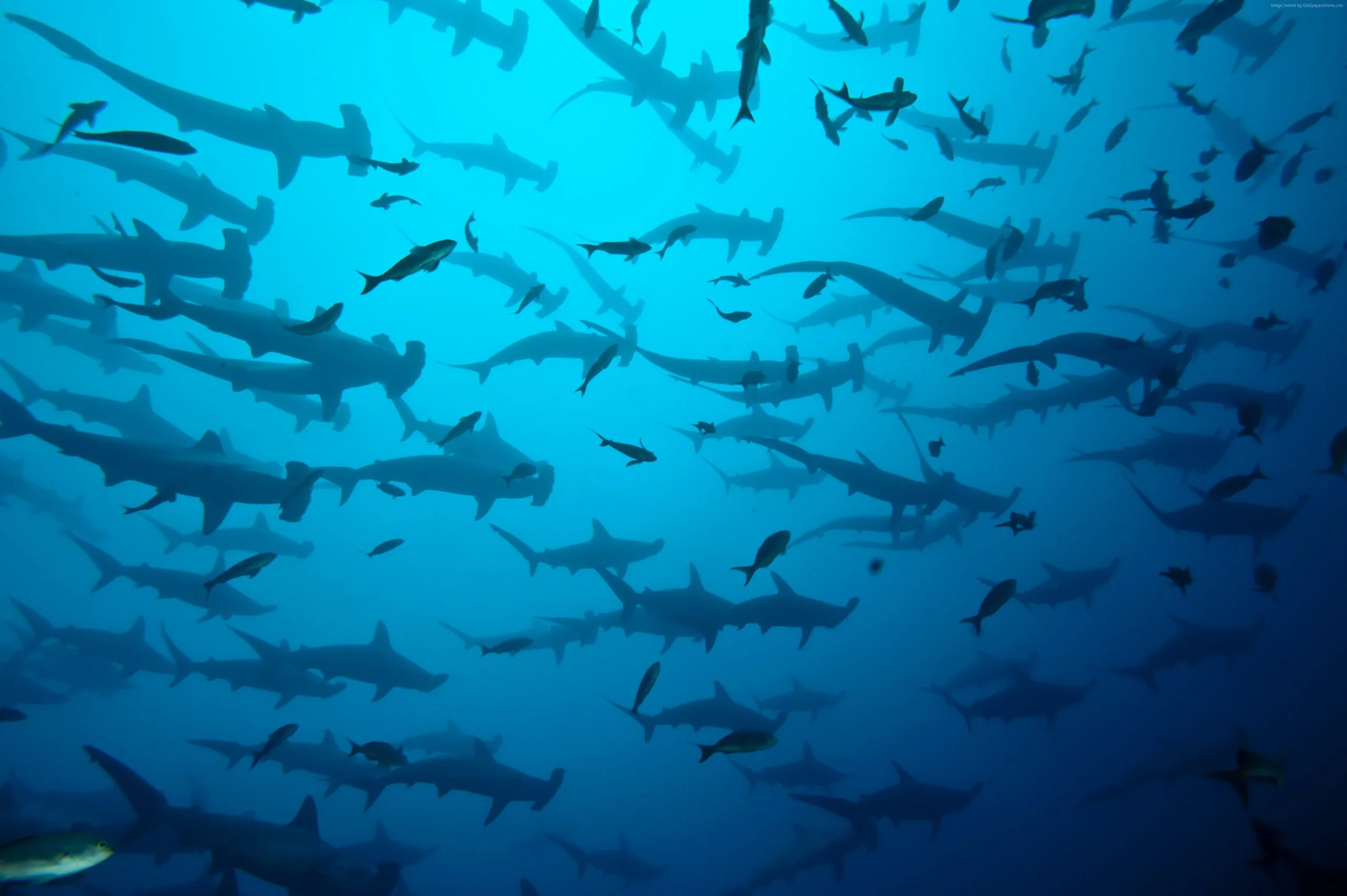
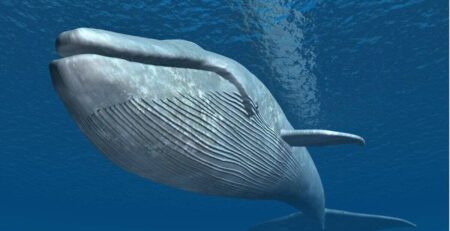
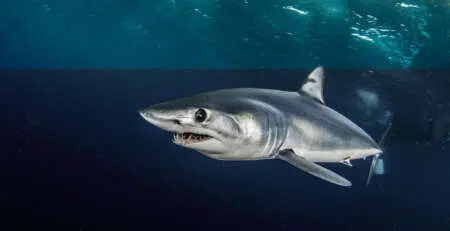



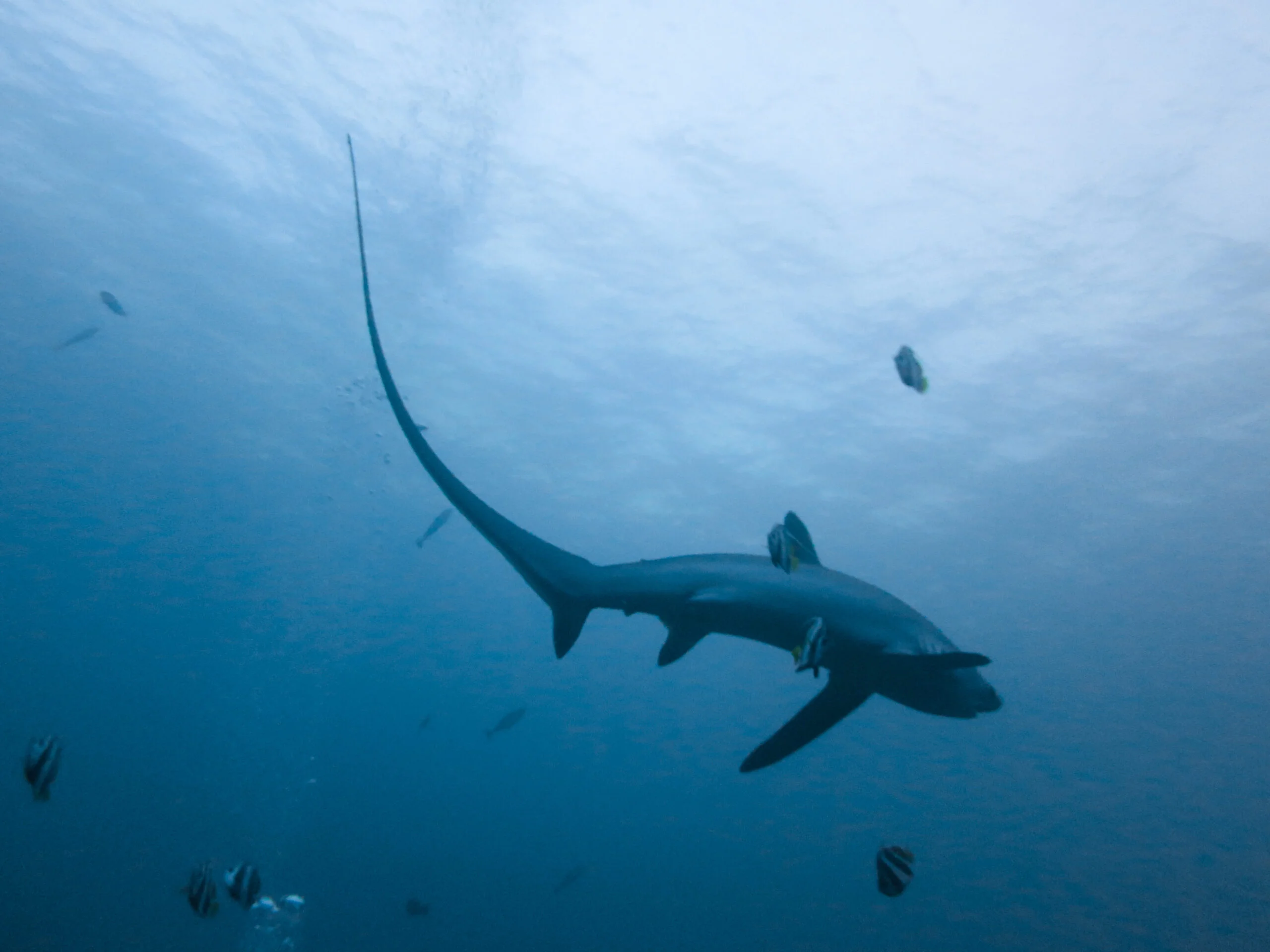
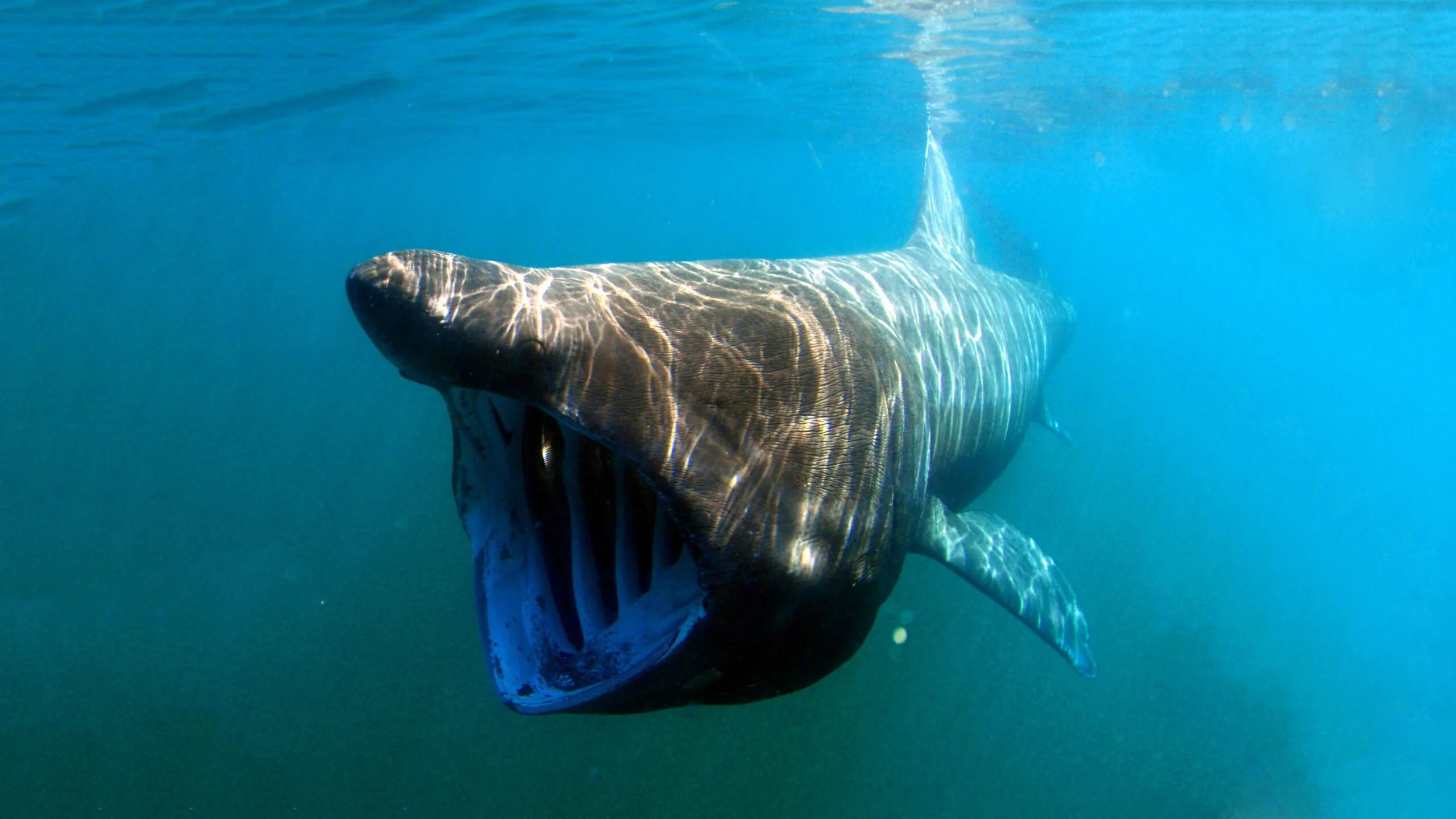
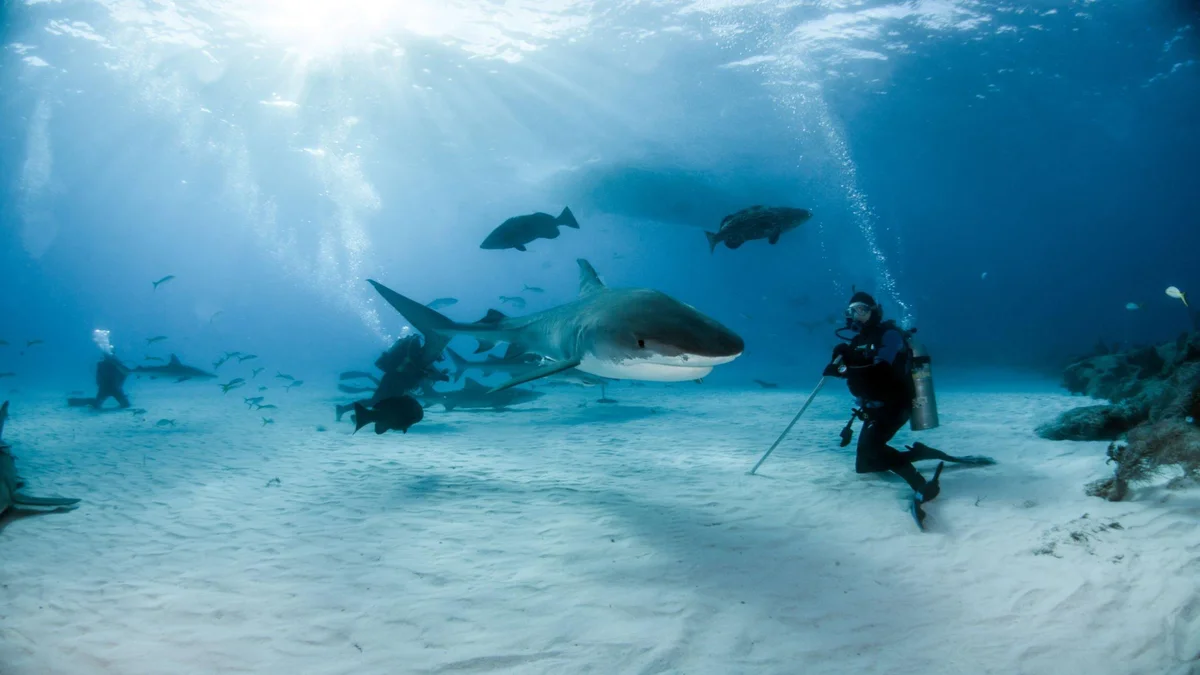
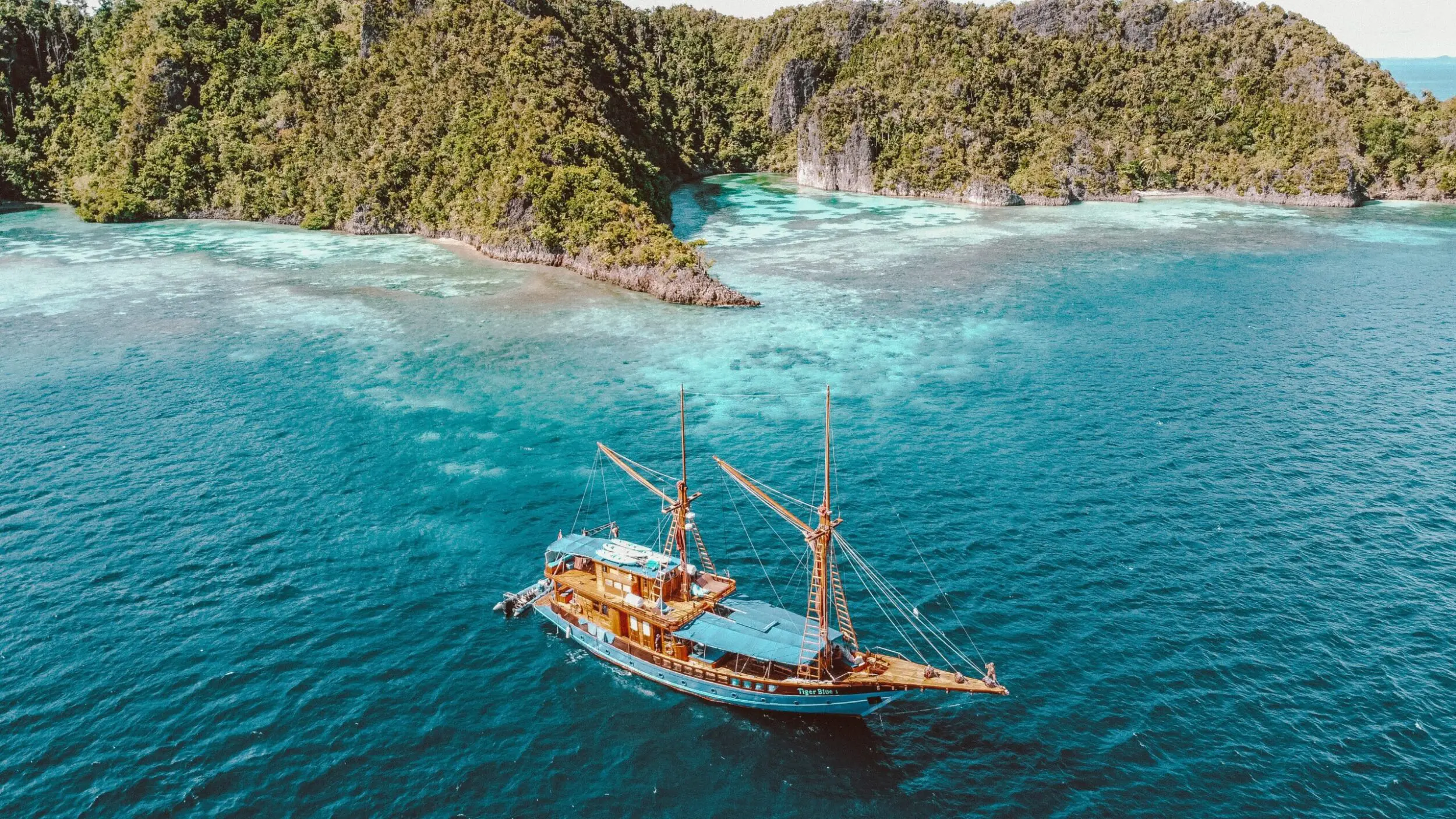

Leave a Reply